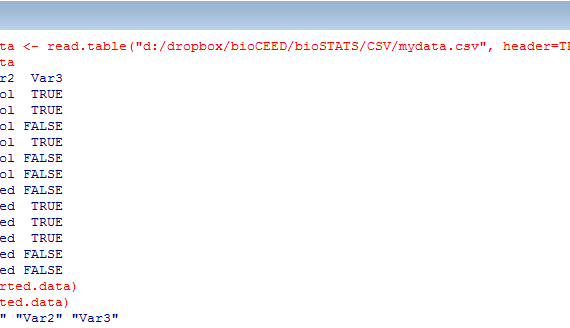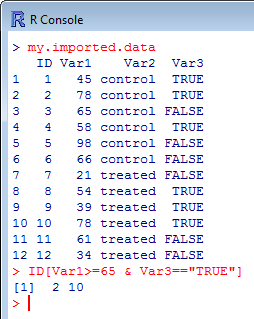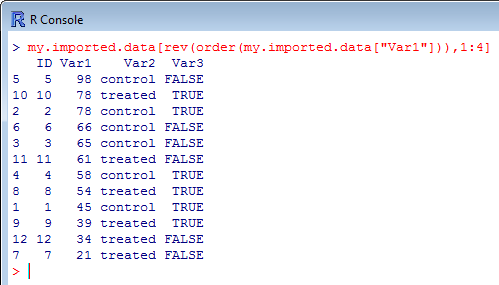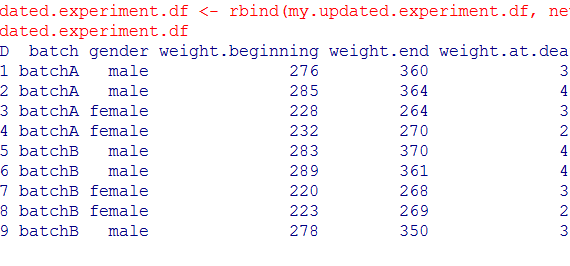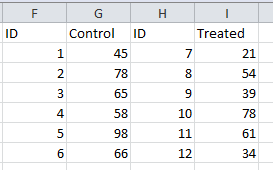
A dataframe looks like a two-dimensional matrix. However, unlike a matrix, a dataframe can contain more than numerical values. You can also fill in columns with text values and boolean/logical values (TRUE and FALSE). In a dataframe, the variables, dependent and independent, are placed in columns, while the rows represent the […]

